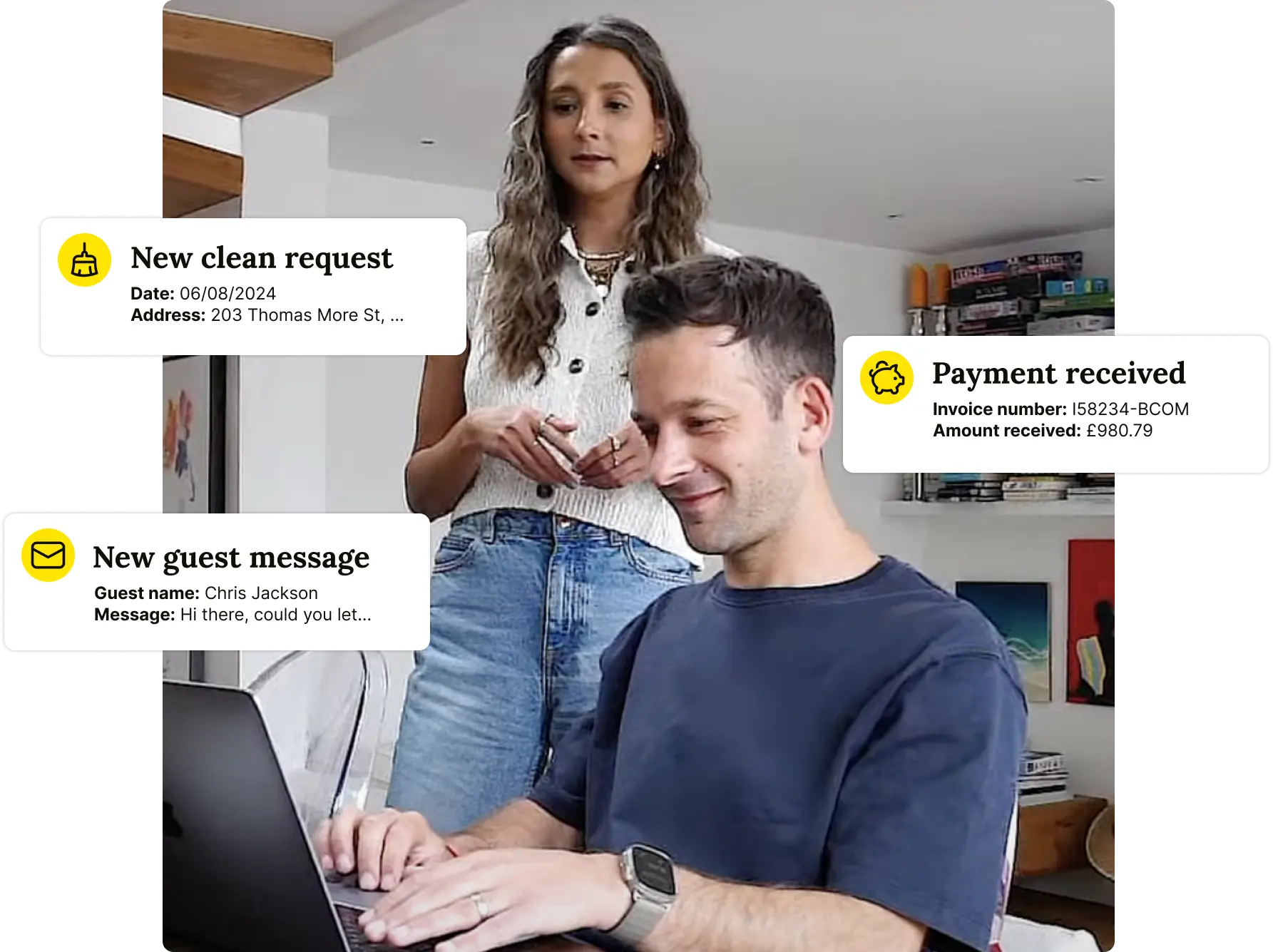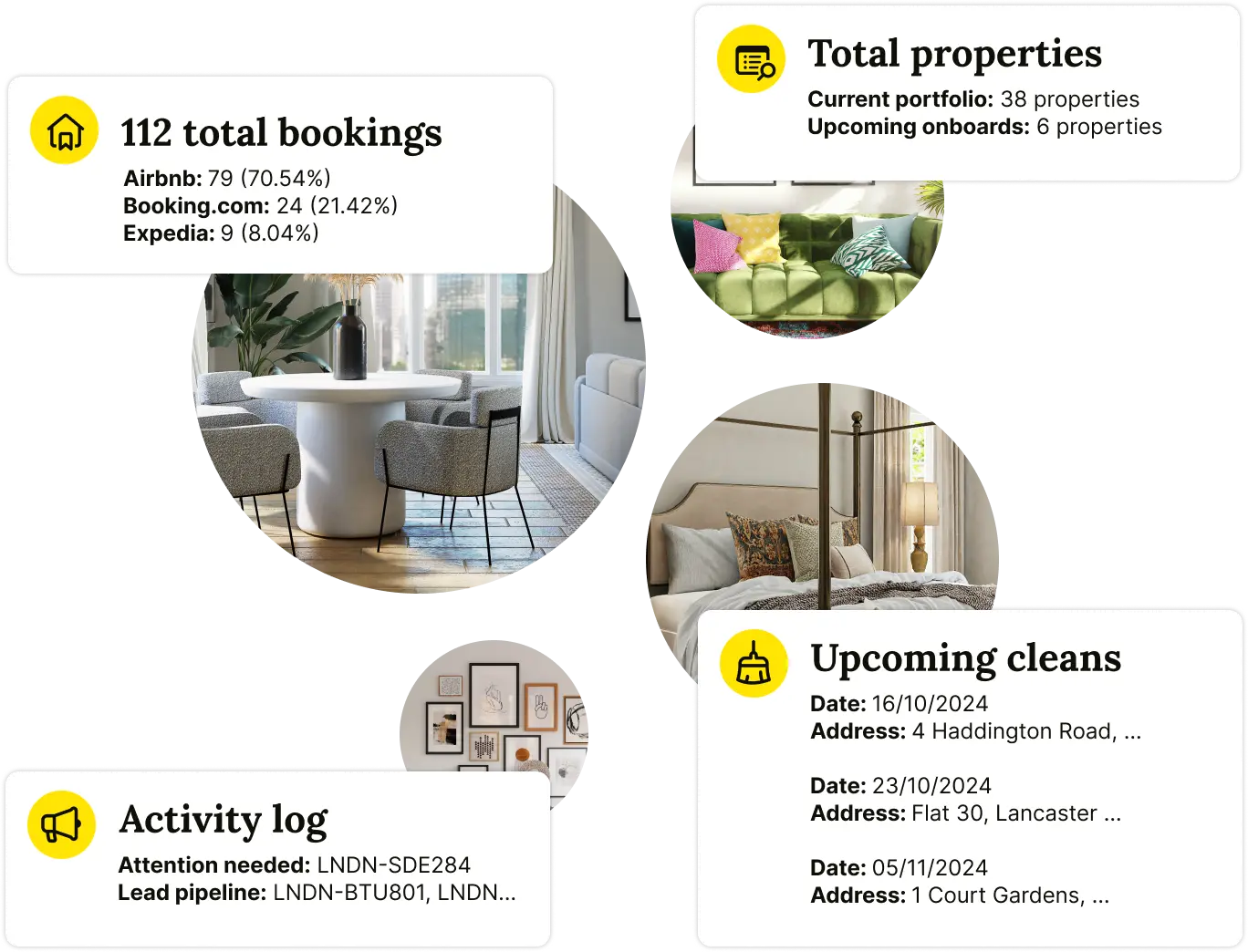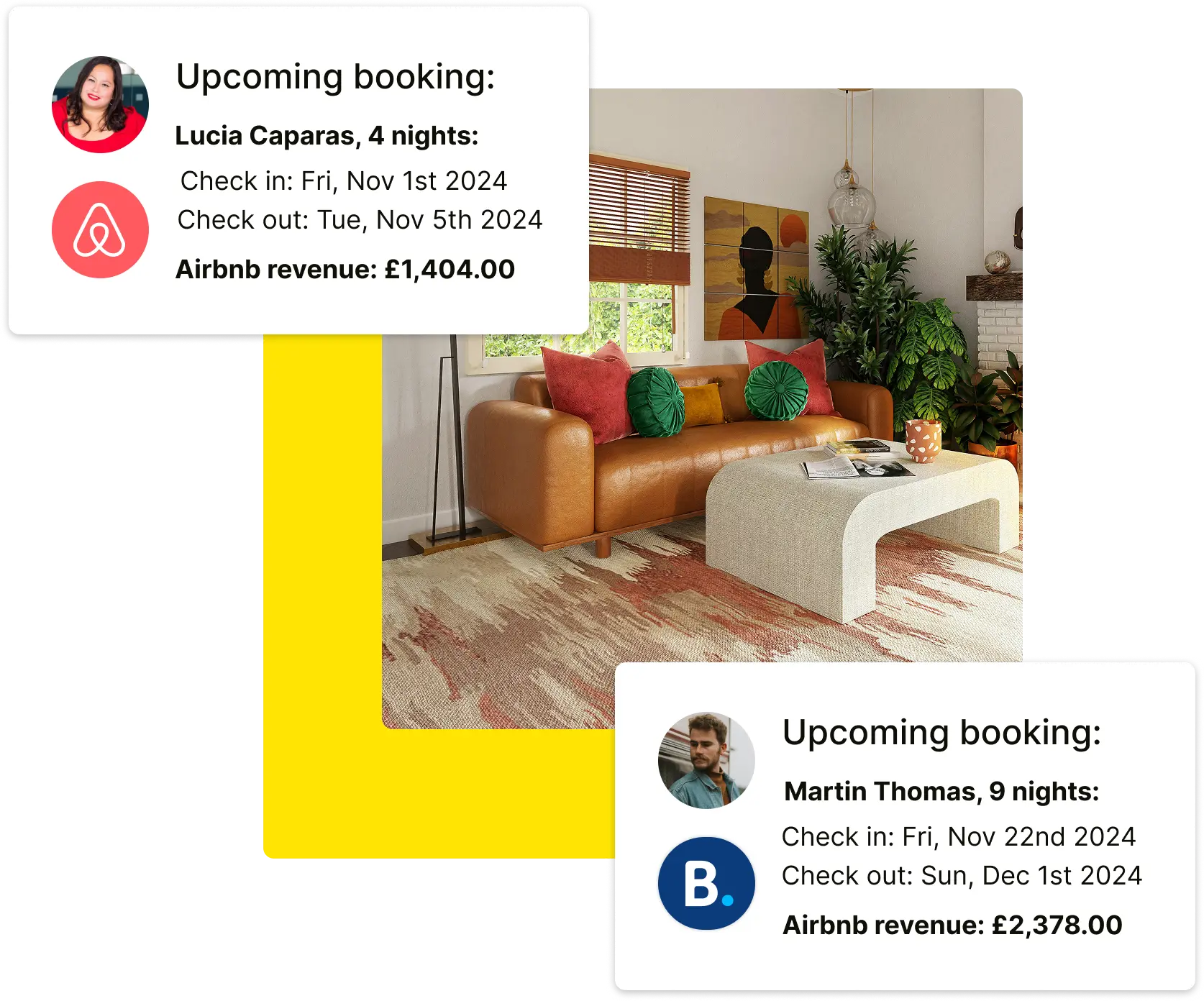Are you seeking for a strategy to invest in real estate to make passive income and amass wealth? A buy-to-let mortgage can be just what you need if so.
You may buy a home particularly to rent it out with a buy-to-let mortgage, generating a consistent source of rental income and possibly enjoying long-term capital development.
But before you plunge into the buy-to-let market, it's crucial to comprehend what this kind of mortgage includes, what aspects to take into account when picking a lender and mortgage agreement, and how to manage your home efficiently to optimise your earnings.
So let's investigate the potential and difficulties presented by the world of buy-to-let mortgages in more detail.
Table of Contents
What is buy-to-let mortgage?
A buy-to-let mortgage is a form of mortgage loan created for persons who want to buy a property to rent it out to renters. Banks and other lenders frequently provide buy-to-let mortgages, which allow borrowers to borrow money to purchase a home solely for the purpose of renting it out.
A buy-to-let mortgage may have different conditions than a conventional residential mortgage since lenders often consider this form of investment to be riskier. As a result, buy-to-let mortgages may need a greater deposit as well as higher interest rates and fees than standard mortgages.
It is customary for borrowers applying for a buy-to-let mortgage to need to show that the rental income from the property will cover the monthly mortgage payments. They may also need to fulfil other lending requirements, such having a decent credit score and a particular amount of income.
How do buy-to-let mortgages work?
Now that you know what a buy-to-let mortgage is, it’s time for you to know how they work. Here’s a general overview:
1. Put down your deposit
Just as with any mortgage, you must provide a deposit on the property you wish to purchase. A buy-to-let mortgage often requires a larger down payment than a typical residential mortgage, typically 20–40% of the property's worth.
2. Interest-only payments
Buy-to-let mortgages often provide you the option to pay just the interest each month, as opposed to the principle plus interest that are paid on a normal residential mortgage. As a result, even though your monthly payments will be smaller, you won't be paying off the loan's principle. At the conclusion of the mortgage term, you will still be obligated to return the whole loan amount.
3. Pay back the full amount
You will be obliged to repay the whole loan amount in one single sum at the conclusion of the mortgage term, which is typically between 20 and 30 years. This can be accomplished by refinancing, selling the property, or by repaying the debt with cash on hand or other assets.
Who is eligible for a buy-to-let mortgage?
To be eligible for a buy-to-let mortgage, you generally need to meet the following criteria:
Have a good credit history: Lenders will look at your credit history and score to assess whether you are a reasonable risk. A good credit history and score will increase your chances of being approved for a buy-to-let mortgage.
Have a sufficient deposit: As mentioned earlier, buy-to-let mortgages typically require a higher deposit than a standard residential mortgage, usually between 20-40% of the property's value. You will need to have enough savings to cover this deposit.
Have a rental income that covers the mortgage payments: Lenders will typically require that the projected rental income from the property covers the monthly mortgage payments by a certain percentage. This is to ensure that you can afford the mortgage even if the property is vacant or the rental income decreases.
Have a steady source of income: You will need to demonstrate to the lender that you have a constant source of income, whether from your job or other investments, to cover any unexpected expenses or gaps in rental income.
Be over 18 years old: You must be at least 18 to apply for a buy-to-let mortgage.
How much will your buy to let mortgage cost you?
The cost of a buy-to-let mortgage will depend on several factors, including:
Interest rate: The interest rate on your buy-to-let mortgage will determine how much interest you pay each month. Buy-to-let mortgage interest rates tend to be higher than residential mortgage interest rates, and can vary depending on the lender, the type of mortgage, and the deposit amount.
Mortgage fees: Lenders may charge various fees, such as arrangement fees, valuation fees, and legal fees, which can add to the cost of your mortgage. These fees can vary depending on the lender and the type of mortgage product.
Deposit: As mentioned earlier, buy-to-let mortgages typically require a higher deposit than residential mortgages, usually between 20-40% of the property's value. The size of your deposit will affect how much you need to borrow and the amount of interest you will pay.
Rental income: The rental income you receive from the property will affect the affordability of your mortgage payments. Lenders will typically require that the projected rental income from the property covers the monthly mortgage payments by a certain percentage.
Mortgage term: The length of the mortgage term can affect the total interest you will pay over the life of the loan. A longer mortgage term may result in lower monthly payments but will also mean you will pay more in interest over time.
How can you get the best deals on a buy-to-let mortgage?
To get the best deals on a buy-to-let mortgage, there are a few key things to keep in mind:
1. Compare deals
Compare deals from different lenders to find the best interest rates, terms, and conditions. Don't just go for the first deal you see, as there may be better options.
2. Keep an eye on your credit score
Lenders will often use your credit score to determine your eligibility for a mortgage and the interest rate you'll be offered. Make sure your credit score is in good shape by paying your bills on time and managing your debts responsibly.
3. Consider what type of mortgage is best for you
There are several types of mortgages available for buy-to-let properties, including fixed-rate, tracker, and variable-rate mortgages. Consider which type of mortgage suits your needs and financial situation best.
4. Be mindful of fees
In addition to the interest rate, there may be other fees associated with your mortgage, such as arrangement fees, valuation fees, and early repayment fees. Ensure you understand all the fees involved and factor them into your calculations when comparing deals.
Conclusion
In conclusion, people wishing to earn rental income and create long-term wealth may find a buy-to-let mortgage a wise financial choice. But it's crucial to do your homework and take into account all the relevant aspects, including the necessary down payment, the prospective rental income, the interest rate, and any associated costs.
You may position yourself for success as a buy-to-let landlord and reap the rewards of a successful property portfolio for years to come with careful preparation and the correct mortgage package.
🚀 Start & Scale Your Airbnb Business with Houst
Launch a profitable Airbnb business — without owning property.
Join Houst’s Airbnb Business Partnership Program to start, manage, and grow your short-term rental business. With expert marketing, automation tools, and dynamic pricing strategies, we help you maximize earnings and scale faster.

⭐ Rated 4.8/5 by 2,500+ Hosts

🚀 Build a Thriving Airbnb Business with Houst
Monetize short-term rentals without owning property. Our Airbnb Business Partnership Program helps you start, scale, and automate a profitable Airbnb business with smart pricing, automation, and expert support.
💡 No Property Needed
📈 Expert Growth Strategies
🤖 Automated Hosting Tools

⭐ Rated 4.8/5 by 2,500+ Hosts

🚀 Build & Grow Your Airbnb Business with Houst
Turn your expertise into a profitable Airbnb business — without owning property.
Join Houst’s Airbnb Business Partnership Program to start, manage, and scale with ease. Get expert support, automation tools, and smart pricing strategies to maximize earnings and grow faster.

⭐ Rated 4.8/5 by 2,500+ Hosts


.jpg)
.webp)
.webp)







.png)

.webp)
